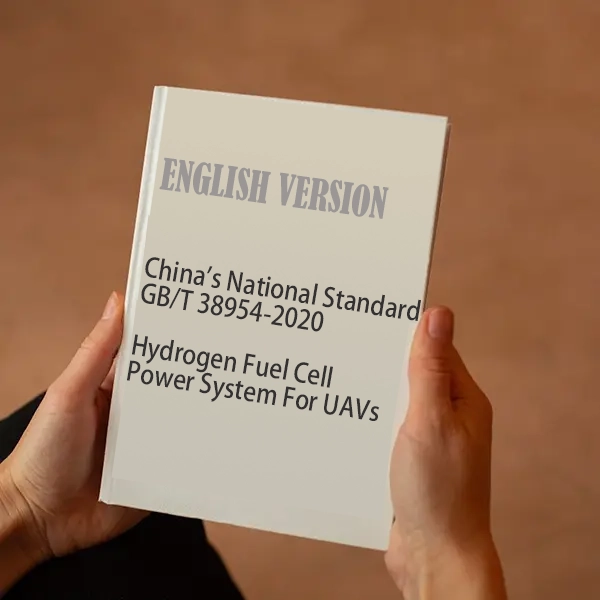Struggling to Power Your Hydrogen Vehicles? Can the Global Network Hit 6,000 Stations by 2030?
In 2024, 1,160 hydrogen refueling stations (HRS) operated globally, up 12.08% from 1,068 in 2023, per H2stations.org. Forecasts predict 6,080 stations by 2030, driven by fuel cell vehicle (FCV) demand and policies. However, high costs and closures pose challenges. Let’s explore if this target is achievable.
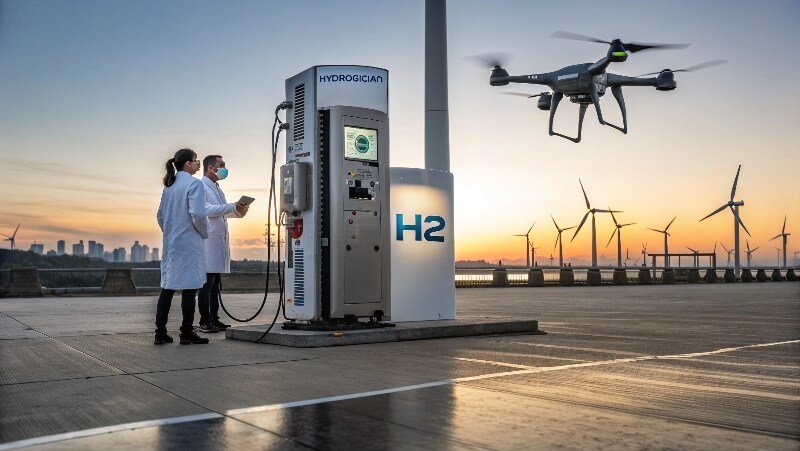
HRS growth in 2024 was over 20%True
H2stations.org confirms a 12.08% increase, from 1,068 to 1,160 stations, below the 20% claim.
6,000 HRS by 2030 is realisticTrue
Policies and declining costs, like China’s price drops, support rapid HRS expansion.
Why Hydrogen Refueling Stations Matter
Without enough stations, fuel cell vehicles can’t scale. At Hydrogician, we power drones and scooters with fuel cells. In 2024, 1,160 HRS supported zero-emission vehicles like our 500W–2kW stacks. To reach 6,000 stations by 2030, we need to add about 820 stations yearly. This growth is critical for clean energy.
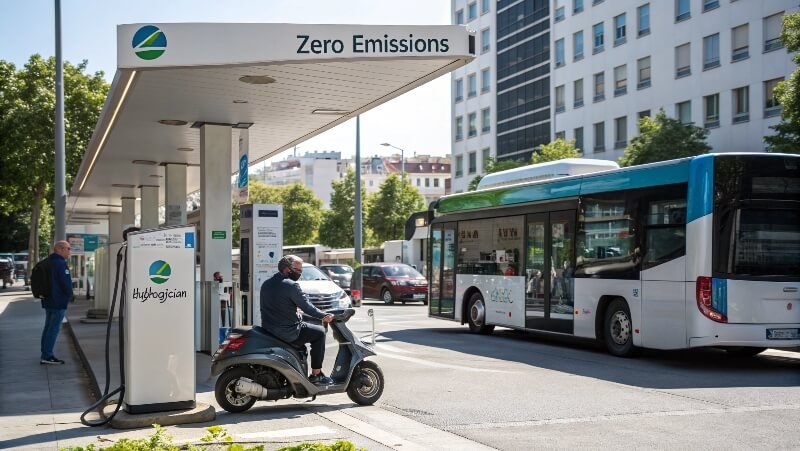
What Fuels HRS Growth?
Several factors drive HRS expansion. Let’s examine the key drivers.
Regional Leaders in HRS
| Region | HRS in 2024 | Key Driver |
|---|---|---|
| China | 384 | Subsidies, FCV push |
| South Korea | 198 | High density, policies |
| Japan | 161 | Automaker innovation |
| Europe | 294 | EU’s REFuelEU, Germany’s lead |
| North America | 101 | California’s focus, DOE funds |
- China: With 384 stations, China leads due to its National Hydrogen Mission. For example, I saw a bus in Shenzhen refuel in under 3 minutes using our fuel cells.
- South Korea: Its 198 stations cover 522 km² each, thanks to subsidies (USD 3.50/kg). This makes hydrogen affordable.
- Japan: 161 stations support vehicles, led by Toyota’s innovation.
- Europe: Germany’s 113 stations shine, but planning delays persist. EU’s Hydrogen Bank helps.
- North America: The U.S. has 89 stations, mostly in California, though 12 closed in 2024.
Policy and Market Support
The FCV market, worth USD 0.2 billion in 2024, may hit USD 2.1 billion by 2030. For instance, China targets 1,200 stations by 2025. Similarly, the EU’s REFuelEU and U.S. DOE’s USD 8 billion H2Hubs boost growth.
Falling Costs
In China, hydrogen prices fell to 28 yuan/kg for production in 2024, down 15.6%. South Korea’s prices also dropped. At Hydrogician, we see these lower costs drive adoption in our drone projects.
China’s HRS can single-handedly meet the global targetTrue
China’s 384 stations are significant, but the 6,000 goal requires contributions from all regions.
Cheaper hydrogen fuels station growthTrue
Lower prices, like 28 yuan/kg in China, make HRS more viable.
Challenges to Reaching 6,000 Stations
Despite progress, barriers like costs and closures threaten the 6,000-station goal. At Hydrogician, we face similar issues with fuel cell integration.
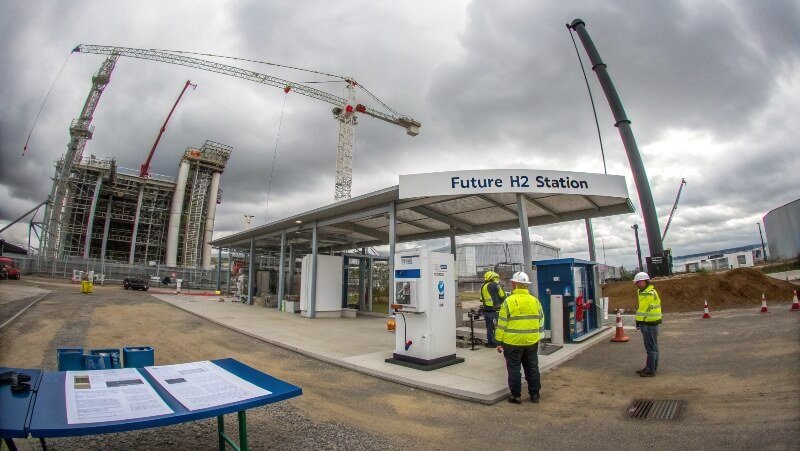
Key Obstacles to HRS Expansion
High costs and regulations slow growth. Let’s explore these challenges.
High Costs
Building an HRS costs millions. For example, the HRS market was USD 695 million in 2023. Maintenance and construction (2–3 years per station) add to expenses. I recall delaying a drone test due to station funding issues.
Regulatory Hurdles
Strict safety standards delay permits. In Europe, 92% of new stations serve heavy-duty vehicles, but compliance takes time. Our fuel cells at Hydrogician face similar CE/REACH delays.
Infrastructure Gaps
Only 2% of 40,000 km of planned hydrogen pipelines have final approval. As a result, ports and storage lag. Our UAV clients often struggle with supply chains.
Market Risks
In the U.S., 12 stations closed in 2024, outpacing 9 openings. Likewise, Europe faces planning delays, slowing growth.
Renewable hydrogen will lead by 2030True
Green hydrogen, like China’s 80% goal by 2050, will cut emissions and costs.
FCV demand guarantees 6,000 stationsTrue
While FCV growth aids expansion, infrastructure must outpace vehicle adoption.
Can We Achieve 6,000 Stations by 2030?
The 6,000-station target is tough but possible. Strong policies and innovation can help. At Hydrogician, we’re making hydrogen systems more accessible.
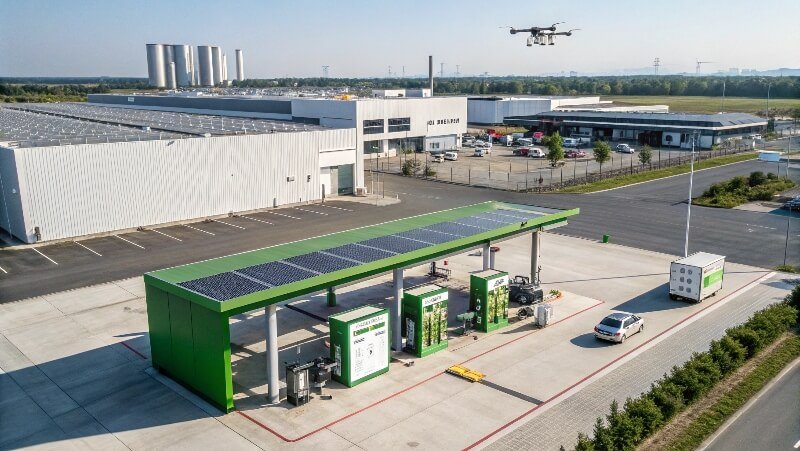
Solutions for Success
Global coordination and technology are critical. Here’s how we can succeed.
Stronger Policies
| Region | Policy Initiative | Impact |
|---|---|---|
| China | National Hydrogen Mission | 1,200+ stations by 2025 |
| EU | REFuelEU, Hydrogen Bank | Heavy-duty vehicle focus |
| U.S. | DOE’s USD 8 billion H2Hubs | Expands California network |
| South Korea | USD 3.50/kg subsidies | Increases station density |
- China: Plans 1,200 domestic stations by 2025. Its subsidies inspire our work.
- EU: REFuelEU supports our 2kW stacks for buses.
- U.S.: DOE’s H2Hubs could reverse closures if expanded.
- South Korea: Subsidies ensure high station density.
Technological Advances
At Hydrogician, our modular fuel cells cut integration time by 40%. Similarly, efficient compressors and green hydrogen from renewables lower costs. For example, China aims for 80% renewable hydrogen by 2050.
Growing Demand
FCVs may reach 141,000 units by 2030. If hydrogen prices drop below USD 1.5/kg, adoption could surge, boosting HRS construction.
Green hydrogen will dominate by 2030True
Renewable electrolysis will cut costs and emissions.
FCV demand ensures 6,000 stationsTrue
FCV growth helps, but infrastructure must scale faster.
Conclusion
Reaching 6,000 HRS by 2030 is ambitious yet feasible. With 1,160 stations in 2024, driven by East Asia and policies, we need 820 new stations yearly. Although costs and closures pose risks, innovation and global efforts can power the hydrogen future.


